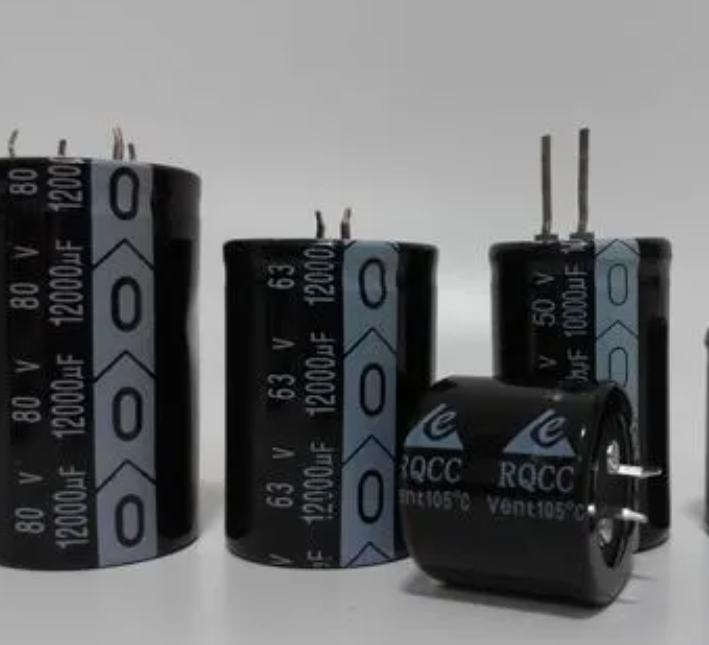Safety capacitors play a vital role in electronic circuits, especially in terms of protection. They are usually applied to the circuit board to ensure that the capacitor does not pose a threat to personal safety when it fails. Therefore, when using security capacitors to reduce blood pressure, there are several key matters that need special attention.
First of all, when choosing an appropriate security capacitor, the current should be based on the load and the operating frequency of AC power, not just the load -based voltage and power. This is because different load currents and working frequency requirements have different requirements for capacitors. The appropriate choice can ensure the safety and stability of the circuit.
Secondly, the current -limiting capacitance must be used without polar capacitors, and electrolytic capacitors must not be used. This is because the polar limitations and instability of electrolytic capacitors may cause security problems. At the same time, the selected security capacitance should have a voltage resistance of more than 400V. Among them, the iron shell oil immersion capacitor is considered the ideal choice.

Furthermore, security capacitors should not be used for high power conditions. Using security capacitances under high -power conditions may cause safety risks, because capacitors may not be able to withstand excessive current or calories.
In addition, security capacitances are not suitable for dynamic load conditions. Dynamic loads may cause the rapid charging and discharge of the capacitance, increasing the wear and fault risk of capacitors.
For capacity and perceptual loads, the downstream of security capacitors is also not suitable. These types of loads may interact with poor capacitors, affecting the overall performance and safety of the circuit.
Finally, when the security capacitance needs to be used under DC work conditions, it is recommended to use the half -wave rectification method as much as possible without recommending the use of bridge rectification. This is because bridge rectification may introduce additional complexity and unstable factors. At the same time, ensure that the load conditions are kept constant to avoid unnecessary pressure on the capacitance.
